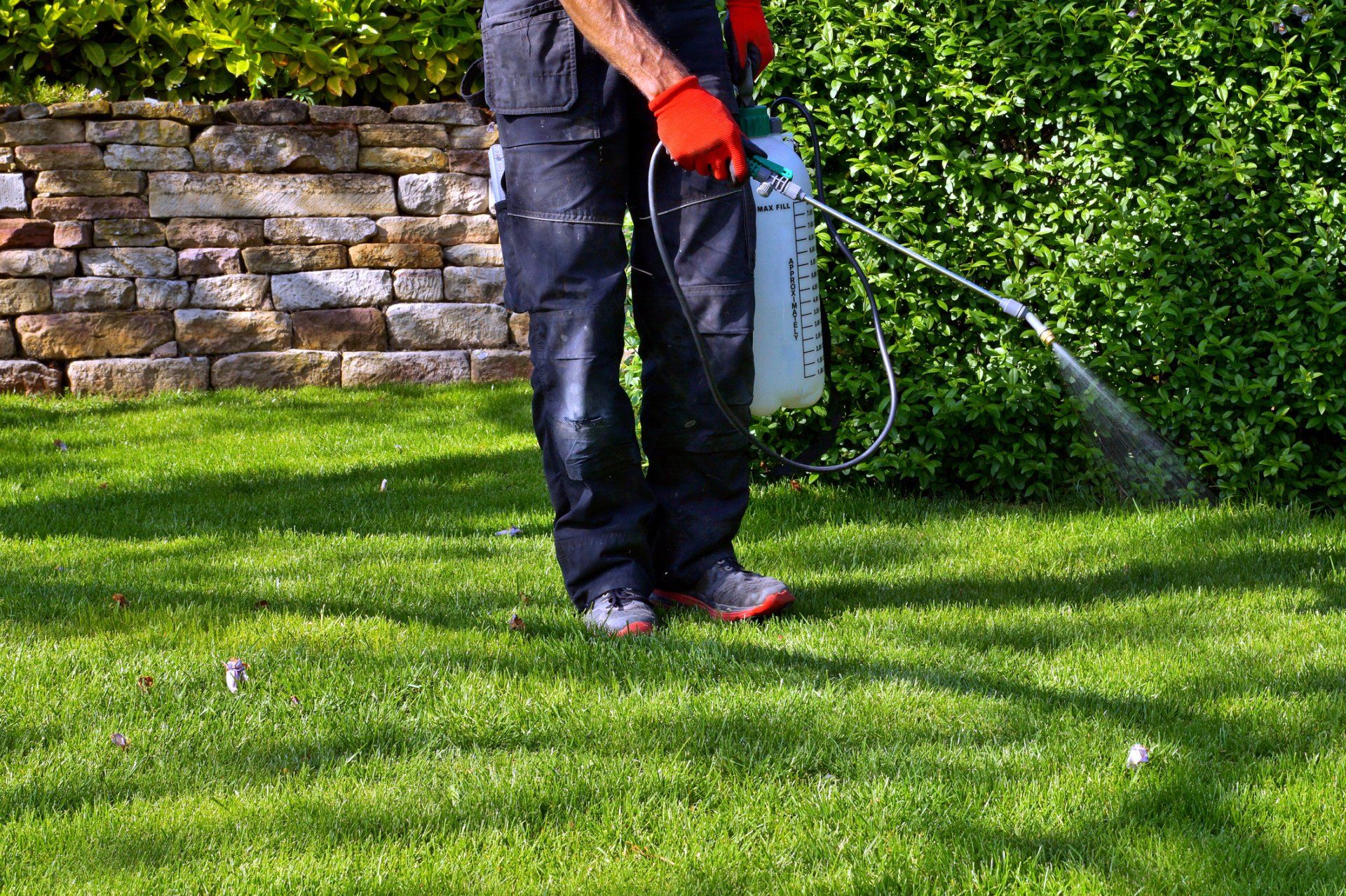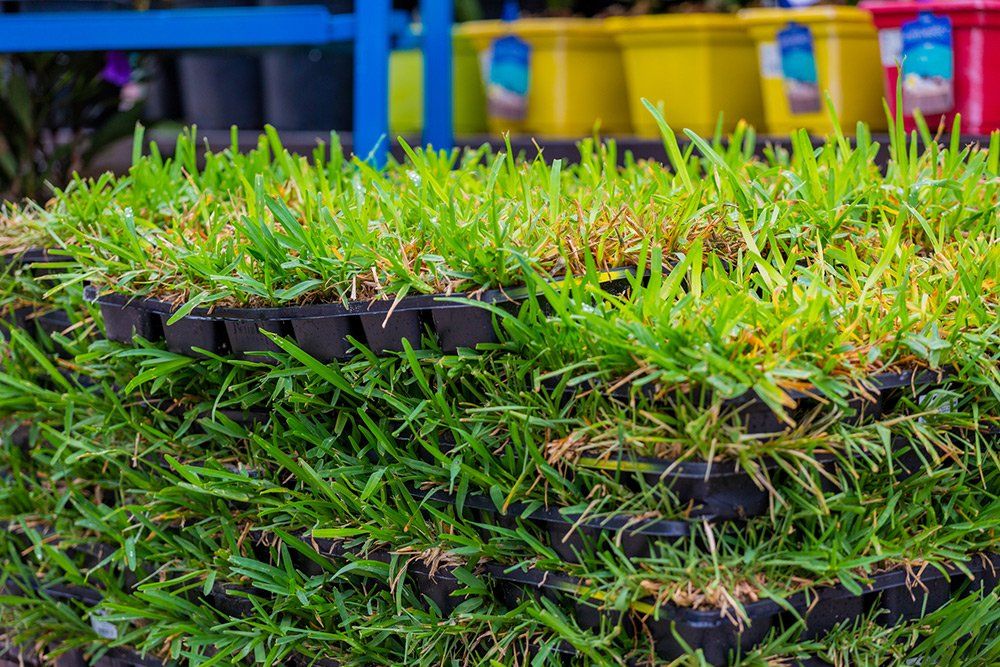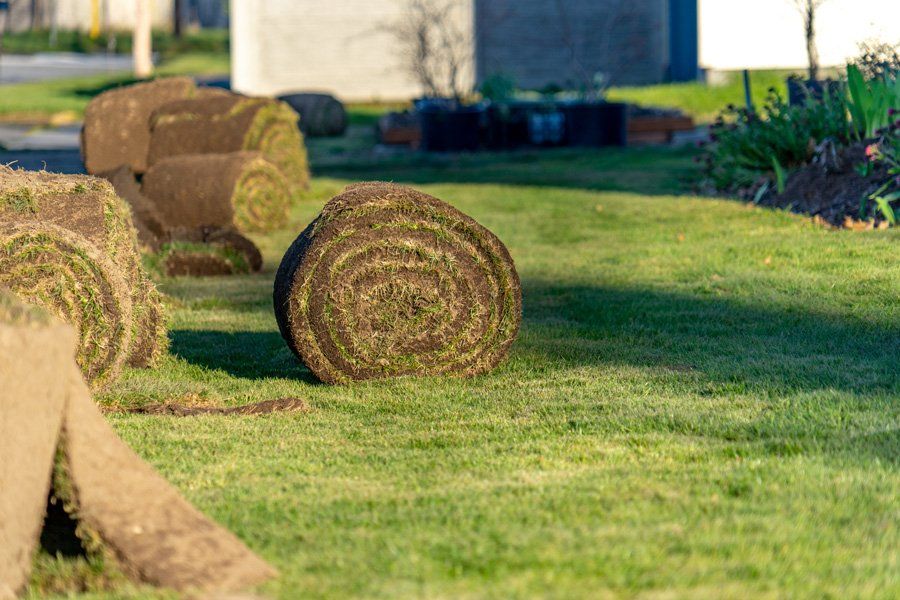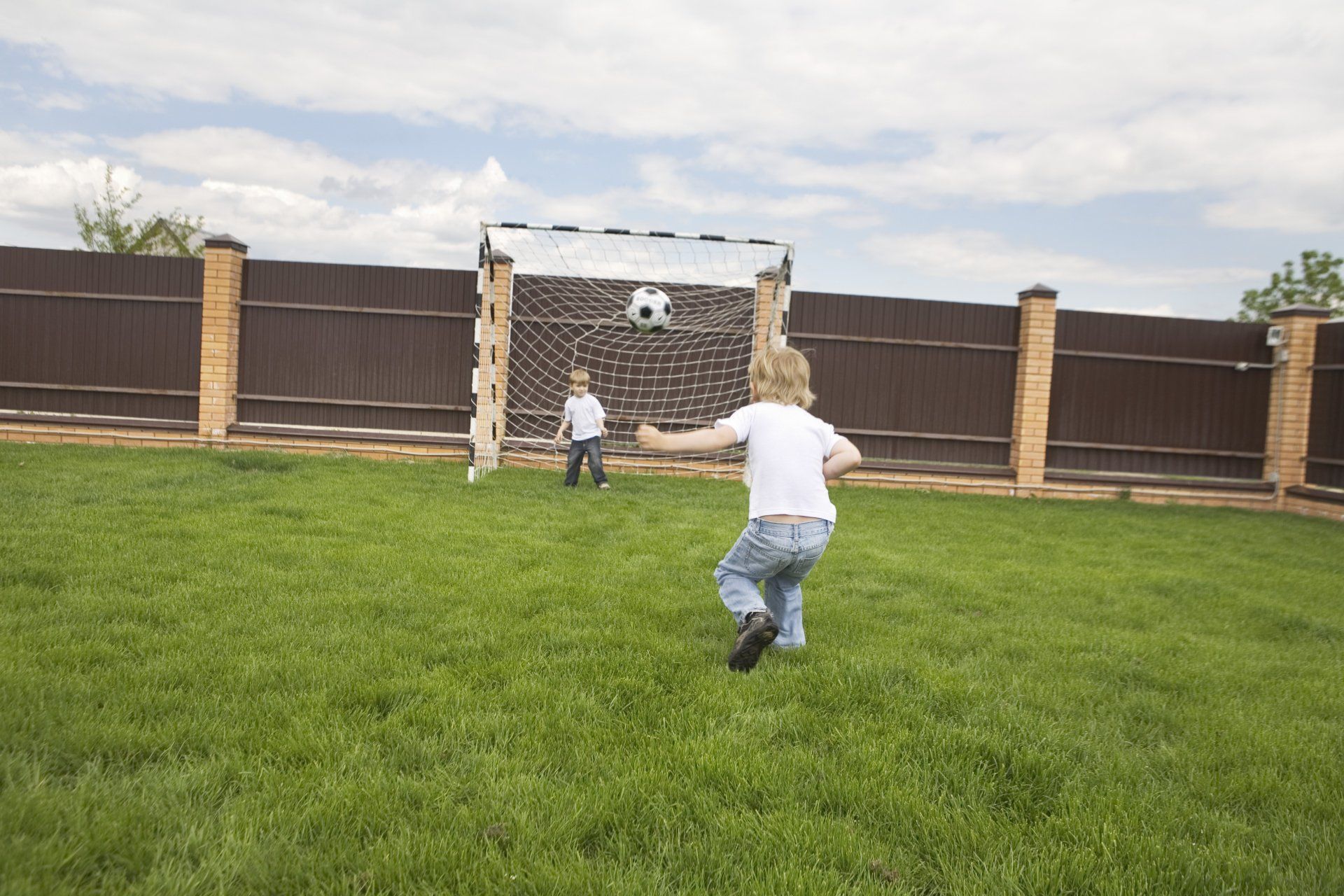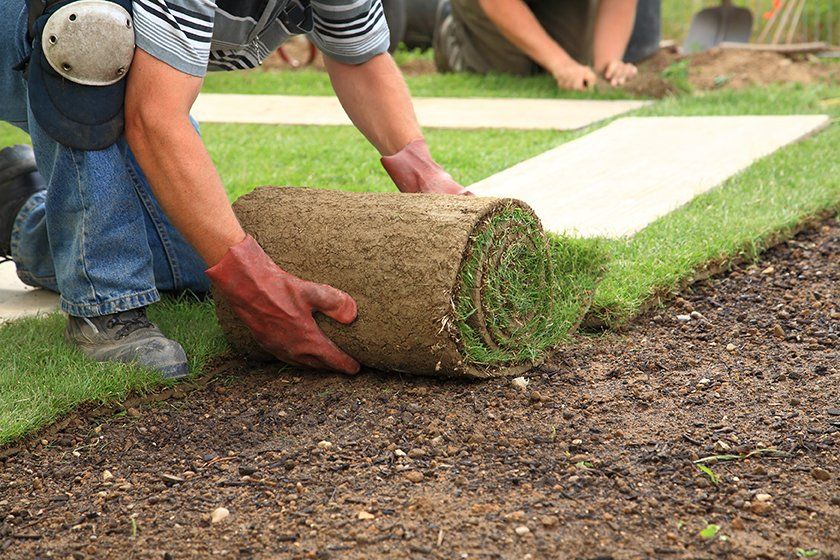IS YOUR SOD VULNERABLE TO CHINCH BUGS?
- By Admin
- •
- 18 Apr, 2018
- •
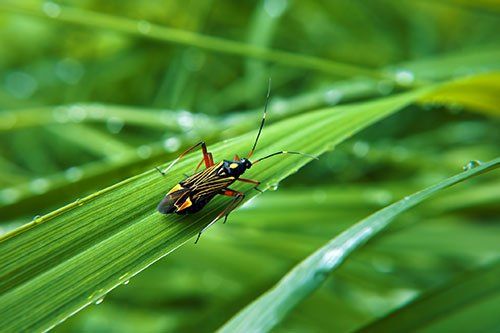
Unfortunately, humans aren't the only creatures that love a big lawn. Chinch bugs are small insects that make their homes in certain strains of turfgrass. Their colonies not only eat away at healthy sod, but they also produce a noxious odor when disturbed. They are particularly common in dry areas, but there are a number of factors that cause population booms. These are five things you can do to prevent a chinch bug infestation, as well as how to fight back.
Watch Through the Summer Months
More than anything, chinch bugs simply need enough healthy grass to raise their young. They breed in the warm months of the year, usually beginning in June, and their quick lifespans mean they can produce two generations annually. Because of this, you may need to treat your lawn for in both early and late summer to eradicate them completely.
Protect Dry and Drought-Stressed Grass
Chinch bugs thrive in hot, dry weather, and they prefer the same climate in their grassy landscapes because these bugs are highly susceptible to a variety of fungus that only grows in damp environments. Sod that is not watered frequently is, therefore, more likely to attract chinch bugs.
When watering grass regularly and heavily isn't an option, you will need to be extra vigilant for chinch bugs. Symptoms of an infestation are similar to those of drought. As the bugs feed on grass, they draw water, sugars, and nutrients and leave behind a toxic chemical. The blade then shrivels up and dies, forming large patches of dead, yellow sod.
Remove Heavy Thatch
Although adult chinch bugs enjoy the sun, they need secluded places to hide their eggs and nymphs. The perfect environment for this is thatch, or the layer of dead grass and other materials left behind after mowing and regular growth.
Removing thatch too often can be harmful to your grass, but it should be cleared every few years. An added benefit of removing thatch is improving soil aeration and nutrient absorption.
Apply Fertilizer Responsibly
Turf needs plenty of nitrogen to grow, and so do chinch bugs. As a consequence, any fertilizer you apply to your lawn may also give a boost to the local pest colony. If you notice dry patches on your lawn, inspect the edges for evidence of these small, dark insects before trying to fix the issue with fertilizer.
Following a set schedule to fertilize your lawn can prevent sudden gluts of nitrogen that encourage pest colonies. It is more effective to stagger your fertilizer applications to support your lawn year-round. Speak to your lawn care service to better understand the maintenance needs of your turf and avoid needless waste.
Encourage a Healthy Lawn Ecosystem
In many places, chinch bugs are considered an invasive species; they travel with specific grass species and have few natural competitors in most areas. To certain predators, however, they can make an appealing meal. Ladybugs, lacewings, and the fungus Beauveria bassiana
are all frequently released to control chinch bug populations naturally.
Natural pest control typically works best after professionally treating your lawn. Insecticides are an effective way to wipe out a colony quickly, but too many treatments can be harmful to the environment. By keeping your turf well groomed, watered, and populated with predators, you can prevent chinch bugs with each passing year.
If, despite your best efforts, you notice the signs of chinch bugs killing your grass, contact us at Turf Masters Sod Farms. Our expert technicians will not only help you eliminate the pests, but they will also identify the conditions making your grass so appealing to these pests. With the right maintenance, your sod will return each year lush, full, and free from smelly pests.
What happens after you install sod in your yard? There are several maintenance tasks you'll have to do. Learn more about them.
You have a lot of decisions to make before you lay a new lawn. An important one is whether to lay down new topsoil. See when you should lay new soil down.
Take care when you add mulch to flower and garden beds. The wrong mulch techniques may harm new sod. Learn about three mulch tips that help protect new sod.
Most new sod problems are fixable, especially when caught during their early stages. Learn about common sod problems, their potential causes, and solutions.



